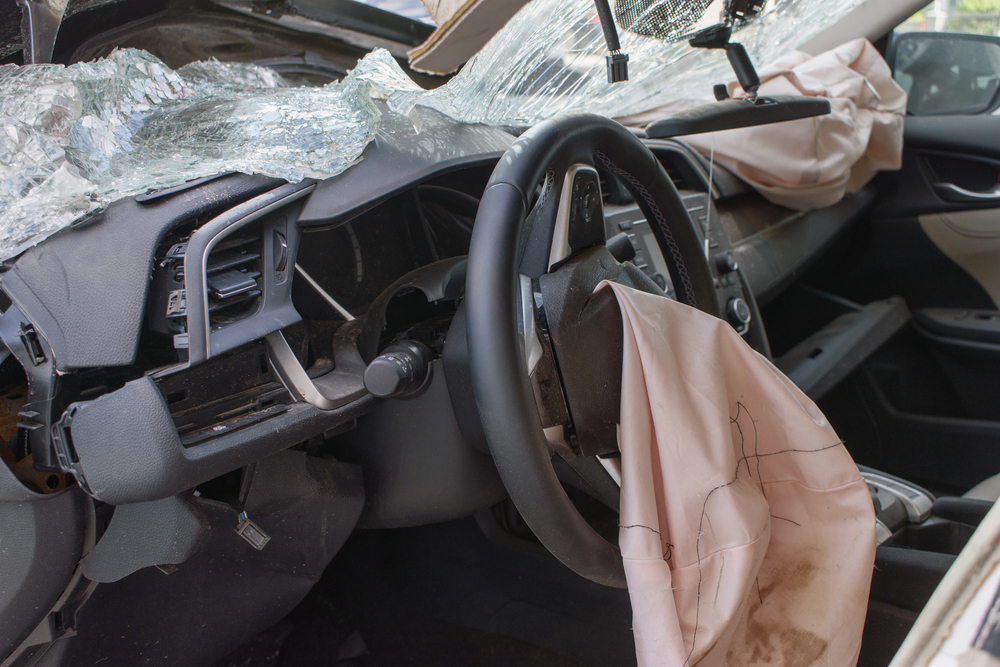
Assisted Living: What Is It and What Indicators Suggest When It’s Advisable?
We all go through different stages in life.
When we are younger, we often almost feel invincible and believe we can do anything, until experiencing the occasional crash landing from a longboard or skates. As we get older though, we begin to notice a declining level of fitness, occasional back or knee discomfort, and other niggling issues that crop up.
Middle-age is certainly the time that it becomes apparent that we’re not twenty anymore and shouldn’t try to keep up with younger people.
At a certain stage, daily activities may start to become restricted. This might be because of a gradual physical decline, fresh cognitive concerns, special medical needs, or dietary restrictions. We make adjustments as this happens, but at a certain point, we reach a limit of what we can do alone to work around these life problems.
For some people, not necessarily seniors, a little help is required. This could initially be a home helper, but later might include a change of living circumstances like moving into an assisted living facility.
Health Issues May Create Mobility/Accessibility Problems
Various health issues may occur gradually over time, or all at once.
Our bodies aren’t infallible, unfortunately, so a chronic disease can develop silently with only the occasional symptoms suggesting something is wrong. In other cases, overlapping health problems can restrict a person’s natural capabilities.
Flexibility
If someone has been a runner or a cyclist on open roads, then the jarring reverberations on the knee joint, hips, and ankles can eventually cause mobility problems. Knee cartilage can wear down, causing pain as one bone rubs against another.
With the knees, bending down to pick up items from a carpeted floor can become overly painful. It’s possible to get around it by using a type of picker to retrieve items that way, but they typically only support light objects.
Previous injuries from a car accident may have healed but return later in life. A damaged wrist or neck could stiffen up and limit movement when older.
Walking Around Comfortably
Walking over to see neighbors or to stroll down to the local park might have previously been given no mind, but joint issues may make that harder now.
A walking cane and a slower pace may be needed to manage it.
Driving Might Need to End
Many Americans find a car indispensable. When suffering from an illness or just an age-related problem affecting driving a car safely, then the advice might be to sell it.
While there are now alternatives like Uber and local public transportation, it can get expensive or might not be available in your area yet. Regular trips become burdensome, which could result in deciding to get out less often. Because of this, the ability to socialize might be severely impacted the longer this continues.
Cognitive Difficulties Make Life Difficult
Cognitive difficulties can become a gradual problem that begins to impact life in unexpected and unpredictable ways.
While we think of this as a mental decline in our silver years, sometimes leading to either senility or Alzheimer’s, that’s not the only possibility.
The memory is affected due to brain damage from road accidents, a loss of consciousness, or a lack of sufficient oxygen to the brain, and for various health reasons too. Poor health can affect either short-term or long-term recall but return later as health improves through active rehabilitation.
Brain Health
Brain health programs exist within assisted living facilities to keep residents mentally active and interested.
It’s been found that just like a sedentary life isn’t good for physical health, not keeping mentally active and interested in life doesn’t help the brain. These programs aim to offer solutions to that through puzzles, games, and other activities designed for mental stimulation.
Memory Care
Some communities now offer memory care too.
For instance, it’s possible to locate an assisted living community that will offer memory care to residents. This further assists a patient who is suffering from dementia or other issues to do with an unreliable memory.
Daily Living Becoming Overwhelming
While a person may suffer in silence with their daily living difficulties, relatives sooner or later realize that there are problems.
Poor Financial Management
When bills aren’t getting paid, the pension isn’t being managed well, or checks are bouncing, money has gotten out of control.
This is a slippery slope for most people who suddenly find the numbers baffling, or the male partner always managed the finances, he’s since passed, and the widow is struggling.
Cooking is Leading to Accidents
Pots and pans that previously could be moved or lifted off the hot stove suddenly become too heavy. This is due to a weakening strength from muscular atrophy that naturally comes with advancing age.
Also, increased clumsiness combined with a reduced ability to react quickly enough means potential kitchen accidents that might have been caught before they happened, now cannot be prevented. When these keep occurring, the kitchen can turn into a dangerous place for seniors or people with lapses.
Is Assisted Living the Answer?
For many people who are experiencing some of the above issues, an assisted living community Burbank like Belmont Village can make life easier.
Whether they’re struggling to keep the refrigerator stocked and to cook delicious meals, get out to see friends, or have hopefully temporary health issues requiring added support, getting into a supportive community can create ease where none existing before.
While it’s true that some aspects of assisted living programs are typically taken up more by seniors than younger people, these communities are designed to support people who are struggling to manage. Therefore, they can step in for areas that are overly difficult and leave others alone that don’t present a difficulty at present. This provides a useful level of flexibility that adult residents of all ages appreciate.
Facilities that offer assisted living provide a safe, even homely living environment that supports the needs of each of their residents. Rather than placing restrictions or limitations on what can and cannot be done, these communities aim to encourage a greater engagement in life through progressive brain health and memory care programs. While some decline is almost inevitable in old age, the pace of it is often influenced by how engaged the person is in their life. Therefore, these types of facilities play a key role in the local community.





More Stories
A Guide for Traveling Alone
A Backpacker’s Guide to Low-cost Traveling
A Brief Travel Checklist You Should Always Remember